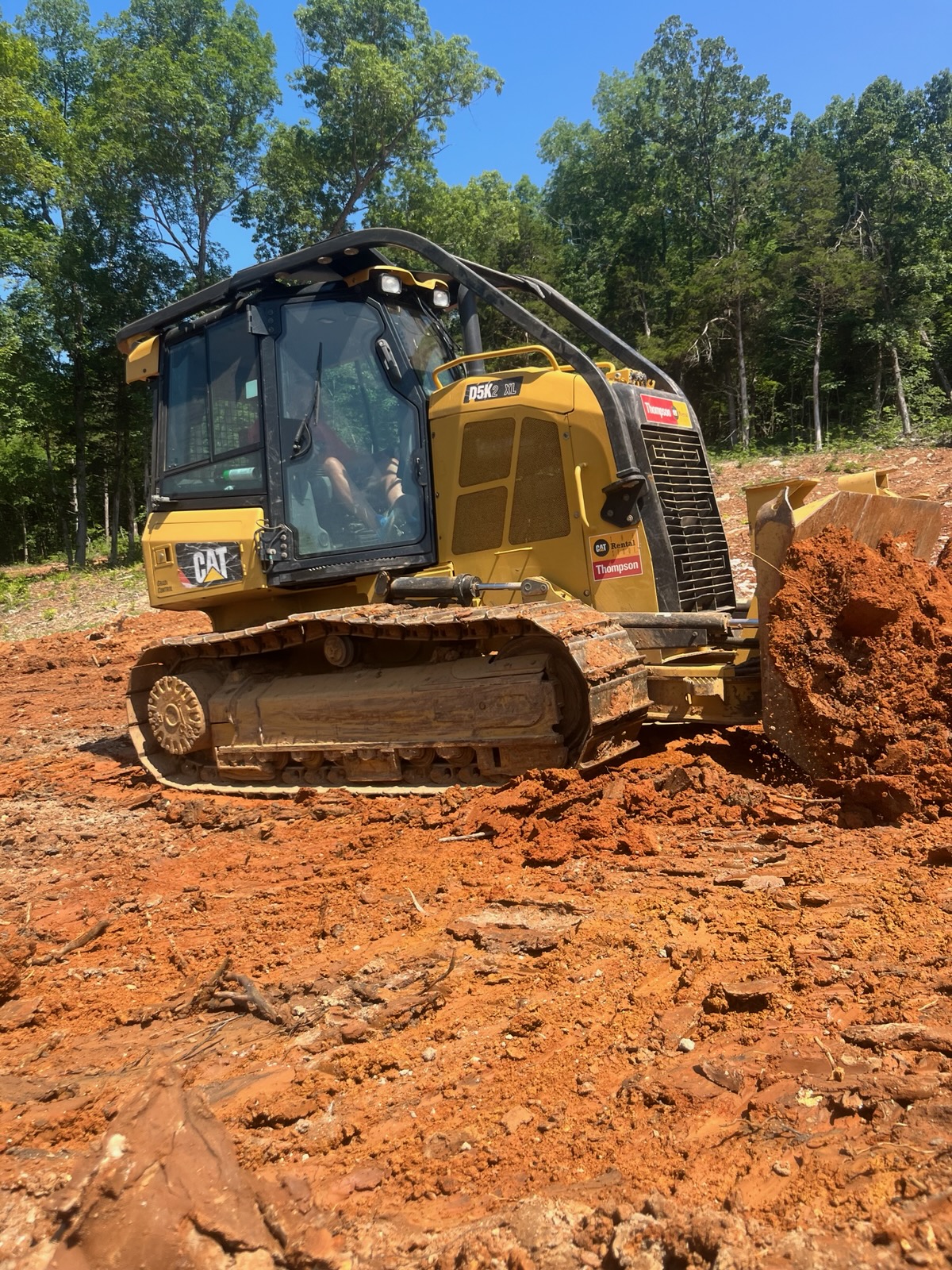
Excavation Insights: Understanding the Crucial Role of Site Analysis in Success Jul 16, 2025
At the heart of a successful excavation lies a thorough understanding of the site's topography. The land's shape, slopes, and elevation variations are critical in planning. Analyzing these elements helps in creating a blueprint that guides the excavation. By assessing the topography, it becomes easier to establish drainage plans, which prevent water accumulation—one of the primary causes of soil destabilization. For example, knowing where and how water flows on your site can significantly influence the placement of structures and the excavation strategy used.
Beyond topography, soil composition plays an equally critical role. Soil testing reveals the type of soil present and its load-bearing capacity. Different soils respond differently to weight and moisture, and therefore dictate the kind of equipment required and the techniques best suited for excavation. Soil analysis helps in identifying potential challenges like erosion or subsidence, thereby allowing Blair Excavation to tailor solutions that prevent long-term structural problems, protecting both the client's investment and the environment.
A comprehensive site analysis also uncovers potential environmental concerns. This includes identifying protected wildlife habitats or archaeological sites that may be present. Compliance with environmental regulations is not only ethical but also a legal mandate. It can help avoid costly fines or project delays. For clients who prioritize sustainability, Blair Excavation's site analysis can integrate eco-friendly practices, ensuring minimal environmental impact while achieving their construction goals.
The importance of utilities cannot be overstated in site analysis. Identifying and mapping existing utilities like water lines, power cables, and sewage systems is vital. Disruption of these can cause widespread inconvenience and safety hazards. By using advanced technology, Blair Excavation can locate these utilities accurately, ensuring they are either relocated safely or worked around efficiently.
Technology plays a pivotal role in modern site analysis. Through the use of drones and 3D mapping, firms like Blair Excavation can gather real-time visual data of the site, offering clients a bird’s eye view of their projects. This not only aids in precision planning but also provides an opportunity to visualize potential project outcomes and make informed decisions on project modifications before physical activity commences.
For those contemplating an excavation project, engaging a company that prioritizes thorough site analysis is crucial. This step is about more than just preparation; it’s about foresight and risk mitigation. Blair Excavation uses its extensive knowledge and experience to ensure that each project starts off on the right track, minimizing surprises and maximizing efficiency from day one.
In conclusion, the role of site analysis in excavation cannot be overstated. By meticulously evaluating every aspect of a site, from topography to utilities, Blair Excavation not only leads the way in ensuring project success but also fosters good land stewardship practices. As such, understanding and investing in a comprehensive site analysis is not just prudent; it’s essential for anyone looking to build a safe and sustainable foundation for their projects. So, when you think excavation, think site analysis—it's the first, crucial step towards your construction goals.
/filters:no_upscale()/media/36637781-22b6-4c7d-acea-3ae81efe617a.jpeg)
/filters:no_upscale()/filters:format(webp)/media/fa5e11f6-491b-43a8-a09a-bd69ea04719c.jpeg)